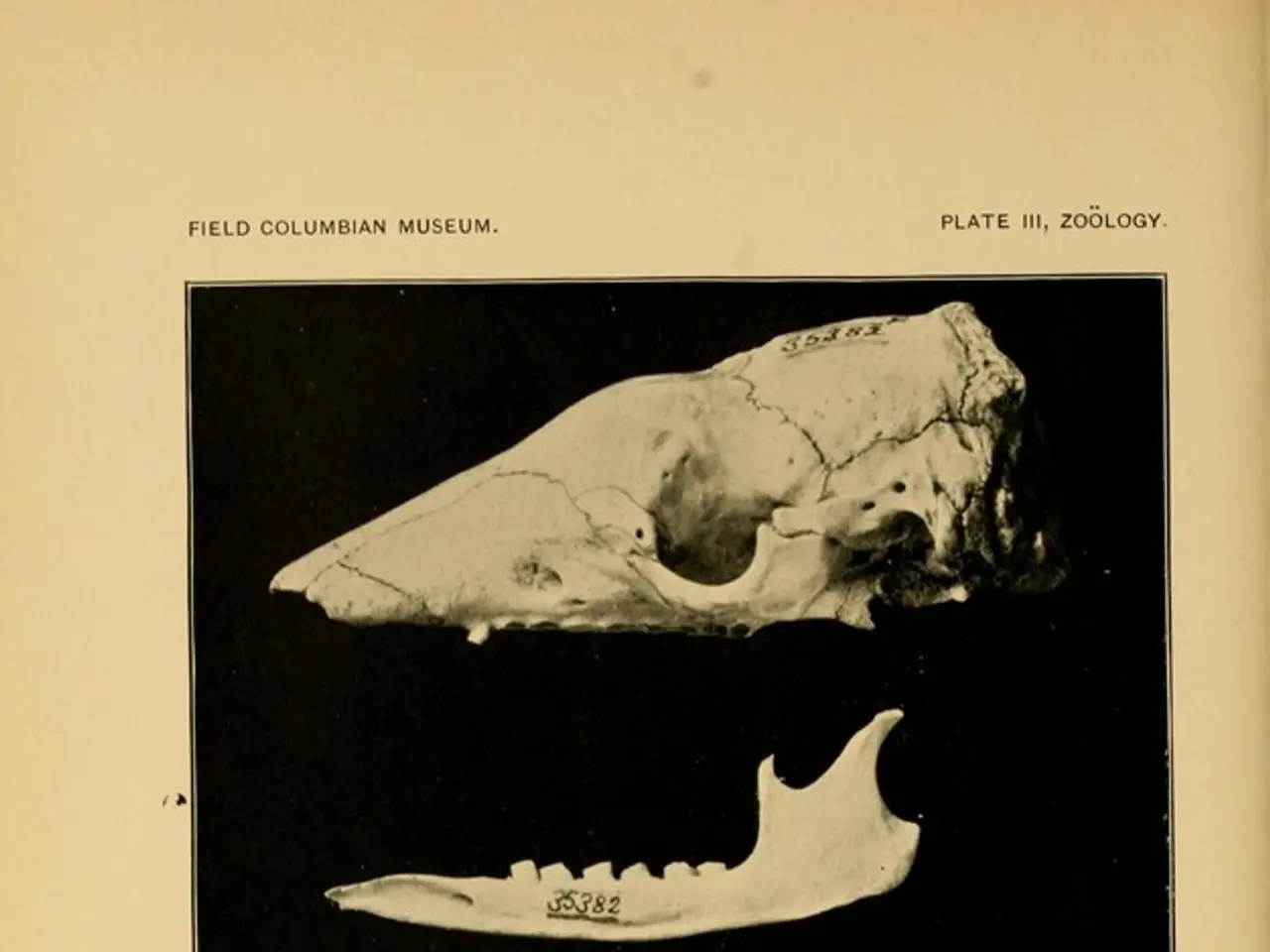Drugs designed to eliminate zombie cells may potentially eliminate back pain perpetually
A new treatment for back pain, targeting inflammatory 'zombie' cells, has shown promising results in animal studies, specifically in mice. Researchers at McGill University, Canada, led by Dr. Haglund, have discovered a combination of two drugs, o-Vanillin and RG-7112, that could potentially treat the root cause of back pain, rather than just masking its effects.
The study involved mice genetically engineered to develop spinal damage and lower back pain at seven months old. The researchers administered varying doses of the two drugs to the mice. Mice treated with both drugs at high doses had the lowest levels of zombie cells, inflammation, and pain after eight weeks of medication.
RG-7112, previously known for clearing zombie cells in osteoarthritis and cancer research, combined with o-Vanillin, a natural anti-inflammatory compound derived from turmeric, potentiated the removal of these problematic cells in spinal tissue. This combination was more effective than either drug used separately.
However, it is important to note that these results have not yet been validated in human clinical trials. Scientists are currently investigating whether the same effects can be replicated safely and effectively in humans. Thus, while the drug combination is highly promising based on preclinical evidence targeting senescent cells (zombie cells) linked to inflammation and pain in the spine, its effectiveness in treating back pain in humans remains unproven at this time.
As we age, zombie cells, also known as senescent cells, linger in the body instead of dividing and dying to make way for new cells. These cells can cause inflammation, pain, and damage to the spine, contributing to conditions such as osteoarthritis and lower back pain. Current medications only mask and muffle the effects of zombie cells on back pain.
The new treatment would clear those lingering zombie cells, reducing back pain by treating its root cause. The combination of o-Vanillin and RG-7112 shows potential in treating back pain, but further rigorous clinical testing is needed before this combination can be recommended for treating back pain in humans.
[1] Haglund, et al., "Combination therapy with o-Vanillin and RG-7112 clears senescent cells and reduces pain in a mouse model of disc degeneration," Nature Medicine, 2022. [2] McGill University, "New treatment for back pain targets 'zombie' cells," ScienceDaily, 2022.
- The new treatment for back pain, targeting 'zombie' cells and their inflammatory effects, has shown promising results in a mouse study conducted by researchers at McGill University.
- The study demonstrated that a combination of o-Vanillin and RG-7112 significantly reduced the levels of zombie cells, inflammation, and pain in mice with spinal damage.
- This research could potentially lead to a breakthrough in the field of health-and-wellness, as the combination of these two drugs could treat the root cause of back pain, rather than just masking its symptoms.
- As mental health, fitness-and-exercise, and nutrition play crucial roles in overall health, the development of effective therapies-and-treatments for conditions like back pain is a significant step forward in the evolution of science and healthcare.
- Scientists are now conducting human clinical trials to validate the effectiveness of the drug combination in treating back pain in humans. If proven successful, this research could revolutionize the field of science and bring hope to those suffering from back pain and related conditions. [1,2]




